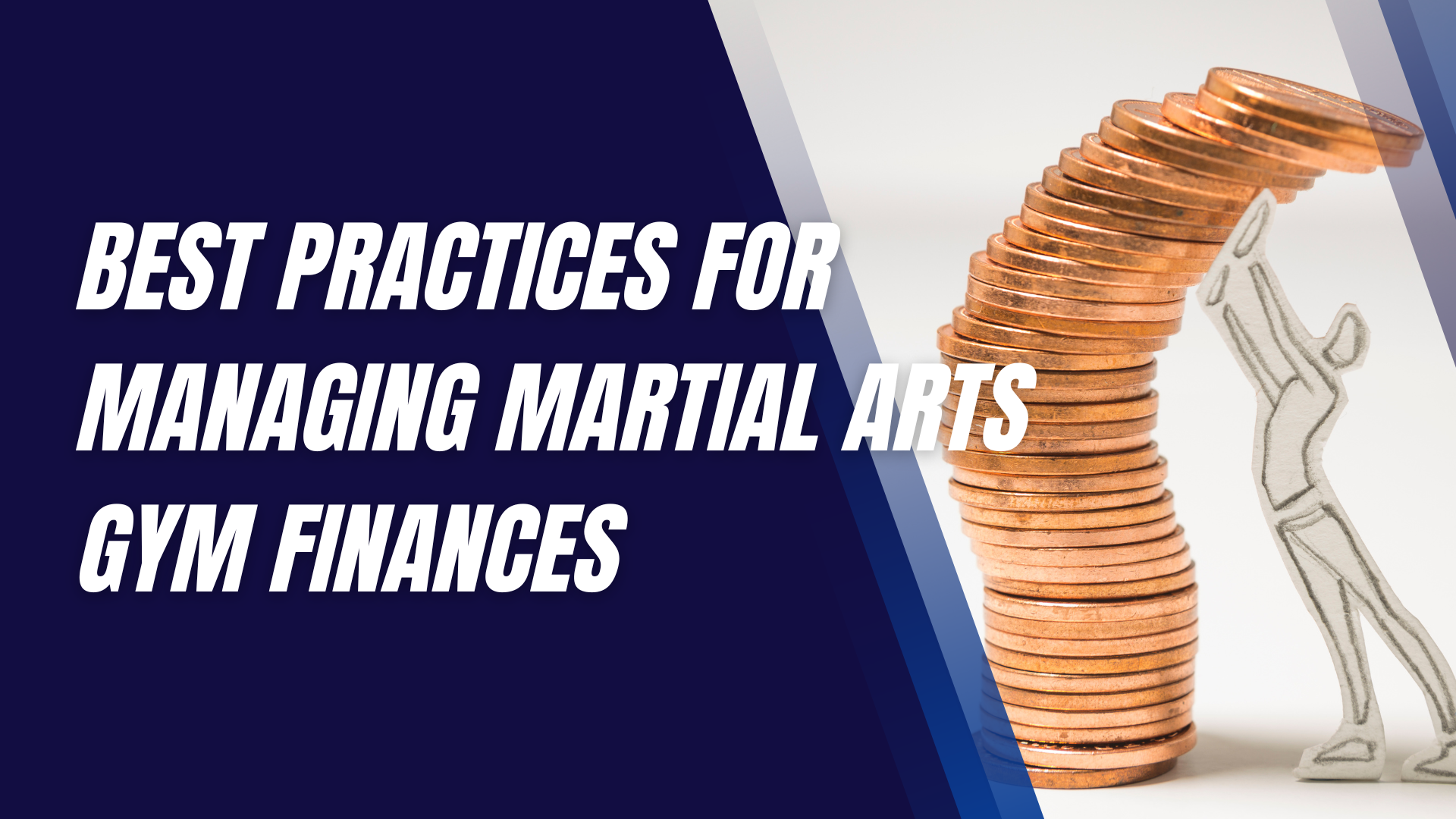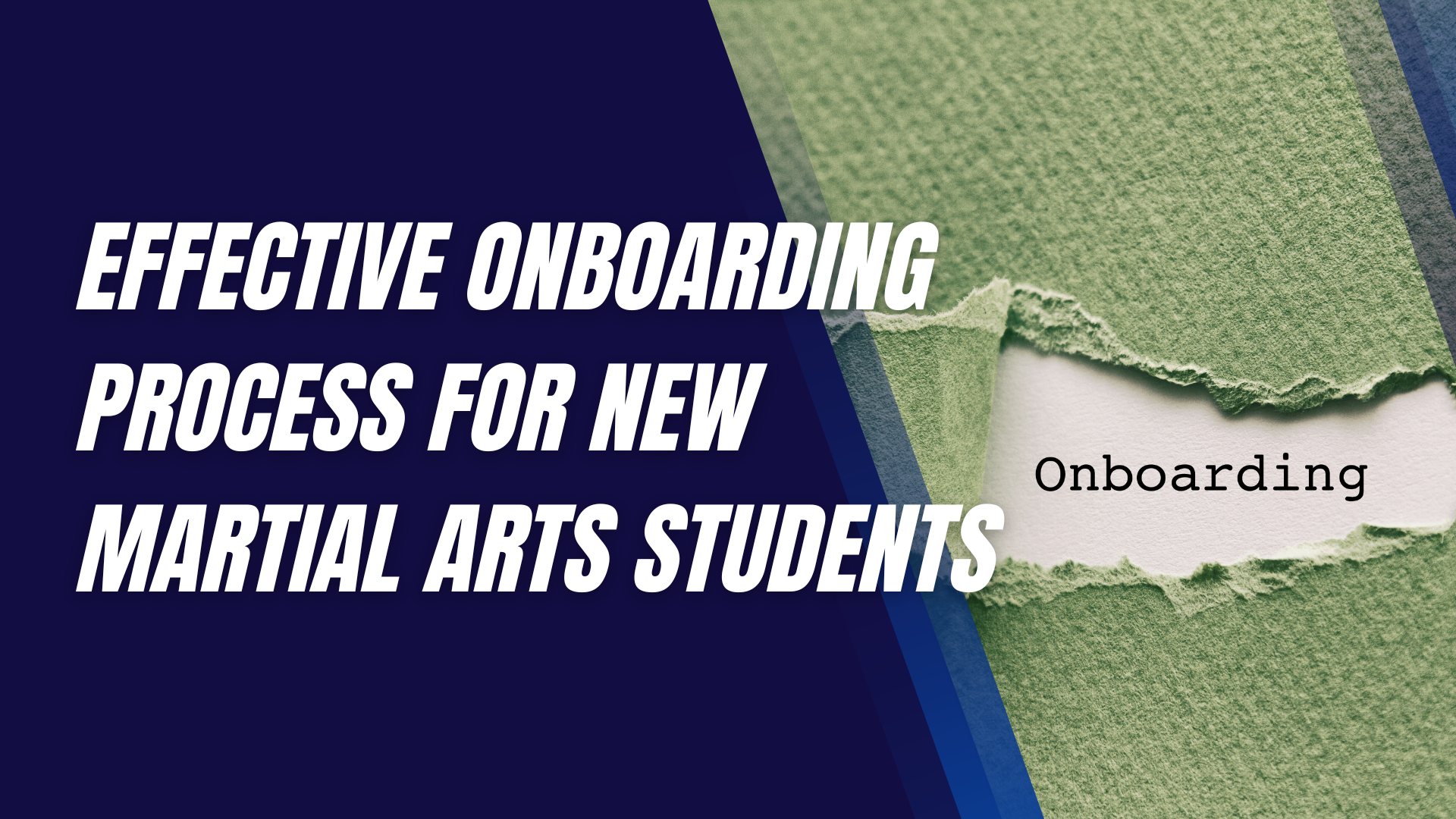Essential Gear for Your First Karate Class
Starting a new martial art like karate is exhilarating.
The feeling of empowerment, the camaraderie of the dojo, and the discipline you build are just a few reasons why it's a rewarding journey.
But before you tie that belt around your waist and step onto the mat, you need to make sure you're geared up. The right equipment can mean the difference between an enjoyable experience and unnecessary frustration.
This guide will walk you through the essential gear for your first karate class, so you can focus on learning and growing.
Understanding the Basics of Karate Gear
The Importance of Proper Gear
Proper gear ensures that you're comfortable, safe, and able to move freely. Without it, your training could be hindered, and you might even be at risk of injury. Think of your karate gear as your armor—it should protect you while also enhancing your performance.
Safety First: Protective Gear
Safety should always come first. Protective gear, like mouthguards and groin protectors, isn’t just for advanced practitioners; it’s essential for beginners too. Karate involves strikes, kicks, and sparring, so having the right protection is crucial.
Essential Gear Breakdown
Karate Uniform (Gi)
Choosing the Right Size and Fit
Your karate uniform, known as a gi, should fit snugly but not restrict your movement. Typically, you'll find gi sizes based on height and weight. When trying on a gi, ensure that the sleeves reach your wrists when your arms are at your sides, and the pants should reach just above the ankles.
Materials: Cotton vs. Polyester
Gis are generally made of cotton or a cotton-polyester blend. Pure cotton gis are more breathable and comfortable, while blends are more durable and less prone to shrinking. Choose a material that suits your training environment and personal preference.
Maintaining Your Gi
Regularly wash your gi to maintain hygiene. Cold water and air drying can help prevent shrinkage. If you have patches or embroidery, turn the gi inside out to protect them.
Belt (Obi)
Belt Colors and Their Meanings
Karate belts, or obis, signify your rank. Beginners typically start with a white belt. As you progress, you'll earn belts in different colors, each representing a step closer to the coveted black belt.
Tying Your Belt Properly
Learning to tie your belt correctly is an essential skill. Wrap the belt around your waist twice, cross the ends, and tie a square knot. Your instructor can demonstrate the exact technique, but the key is to keep it tight and neat.
Protective Gear
Mouthguard
A mouthguard protects your teeth and gums during training, especially in sparring sessions. Choose a boil-and-bite model for a custom fit or consult your dentist for a professionally fitted one.
Groin Protector
A groin protector is essential for male practitioners to avoid injuries from accidental strikes. Make sure it's snug but comfortable and provides full coverage.
Hand and Foot Pads
Hand and foot pads protect your knuckles and feet during strikes. They also help cushion the impact for your training partner. Look for pads with ample padding and adjustable straps for a secure fit.
Sparring Gear
Headgear
Headgear is crucial for protecting your head during sparring. It should cover the ears and have enough padding to absorb impact without obstructing your vision.
Shin Guards
Shin guards protect your lower legs during sparring and kicking drills. Look for guards with thick padding and adjustable straps to ensure they stay in place.
Chest Protector
A chest protector shields your torso from strikes. It’s especially useful during sparring sessions. Choose a protector with sufficient padding that doesn't restrict your movement.
Optional Gear for Enhanced Training
Punching Gloves
Punching gloves provide extra protection for your hands and are ideal for bag work. They’re heavier than hand pads but offer more support and padding.
Kicking Shield
A kicking shield is a training tool used with a partner to practice powerful kicks. It’s a thick, padded shield that absorbs impact, allowing you to train with full force.
Focus Mitts
Focus mitts are smaller pads that help improve your striking accuracy and speed. They require a partner to hold them, making them perfect for honing your precision.
Martial Arts Bag
A martial arts bag keeps all your gear organized. Look for one with separate compartments for clean and dirty items, and enough space for your gi, pads, and accessories.
Preparing for Your First Karate Class
Dress Code and Hygiene Tips
Before your first class, ensure your gi is clean and your belt is properly tied. Keep your nails trimmed to avoid scratching your training partners, and remove any jewelry. Hygiene is crucial in the dojo environment.
Bringing a Water Bottle
Karate is physically demanding, and you'll sweat a lot during training. Bring a water bottle to stay hydrated, especially during warm-up exercises and sparring.
Mental Preparation: Confidence and Focus
Aside from the physical gear, mental preparation is vital. Approach your first karate class with confidence, a willingness to learn, and respect for your instructor and peers. Remember that everyone starts as a beginner, so don't be too hard on yourself. Focus on your progress and enjoy the journey.
Final Thoughts
Preparing for your first karate class involves more than just showing up. Having the right gear ensures that you’re comfortable, safe, and ready to learn. From your gi to protective equipment, make sure you're properly outfitted so you can focus on honing your skills. Embrace the discipline, respect the art, and enjoy the journey to becoming a skilled karateka.
Interested in trying a martial arts class? Find an affiliated academy anywhere in the country by clicking here.
Have your own martial arts program? Get to know more about what we have to offer at Ground Standard Agency for helping martial arts businesses grow.
Email us at info@groundstandard.com, or call and text us at (732) 907-8920 today to learn how to start growing your own academy, school, dojo, or gym with us as well.
Share this article












